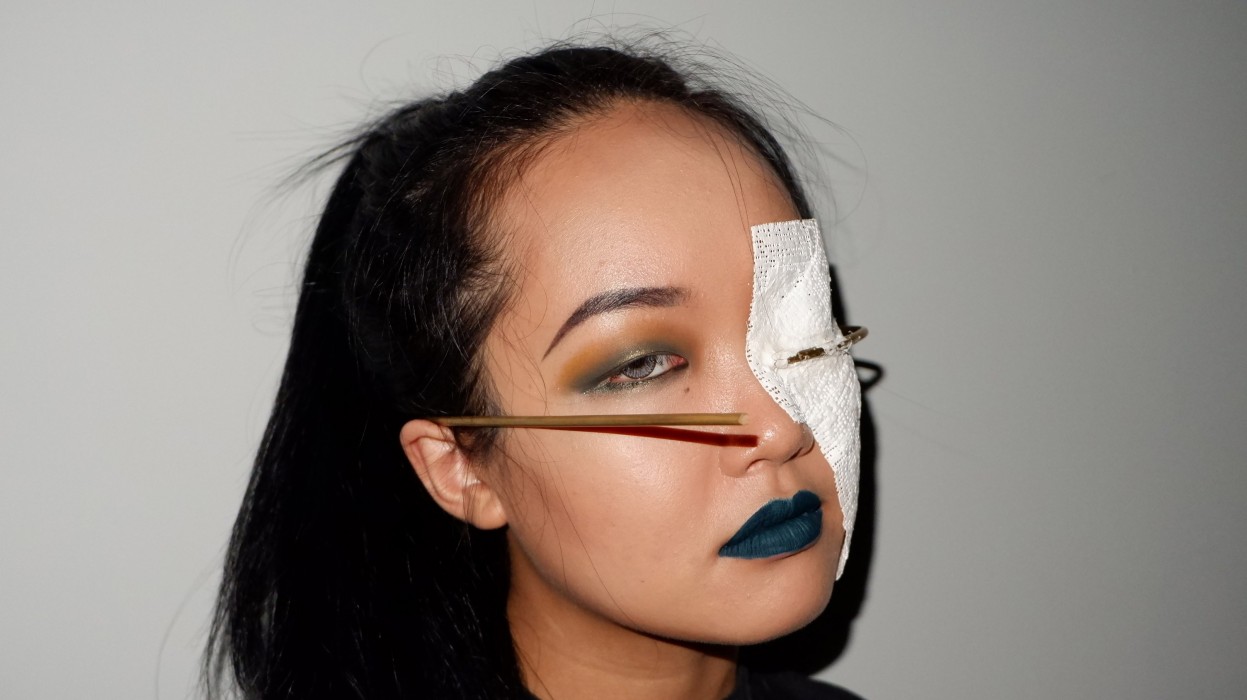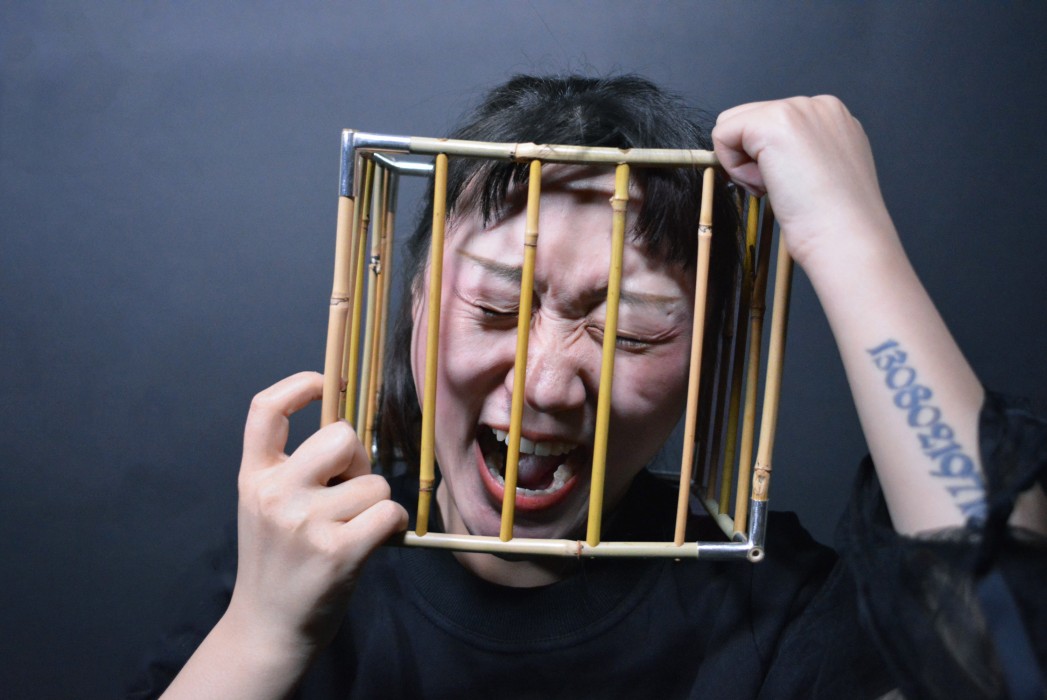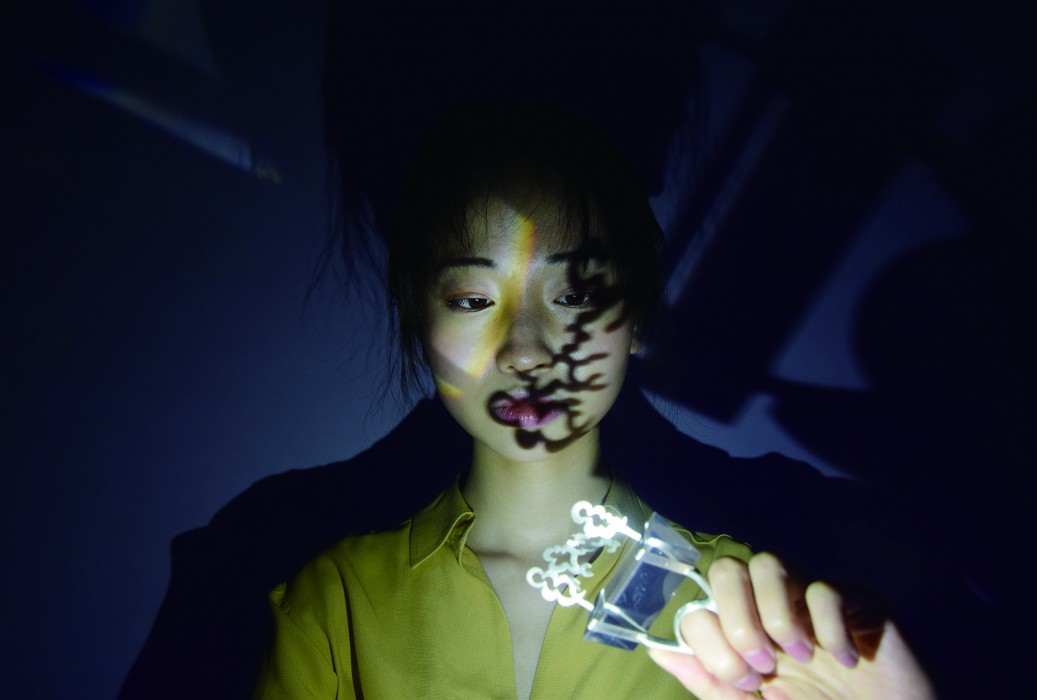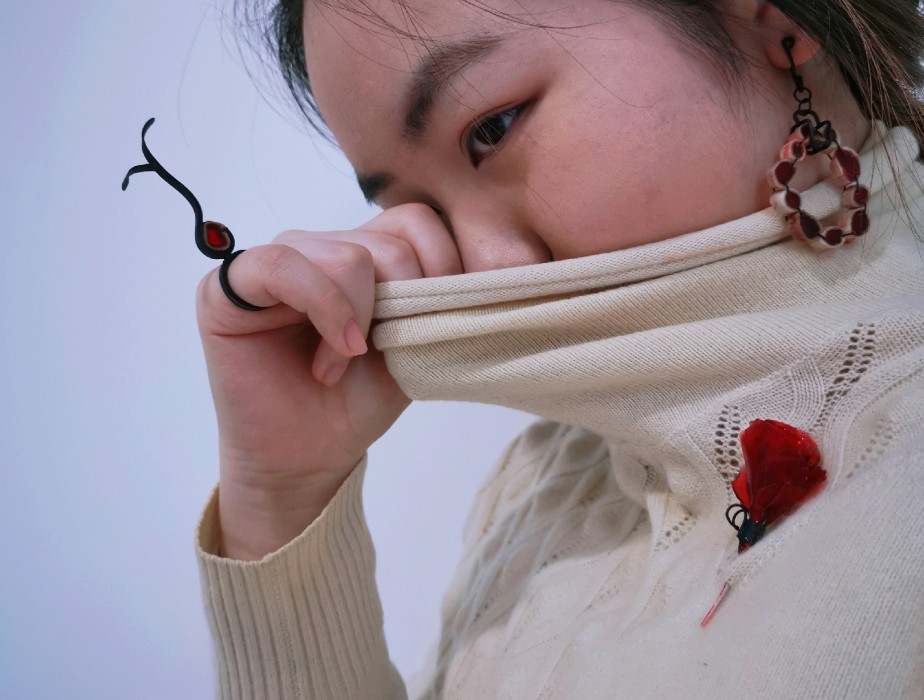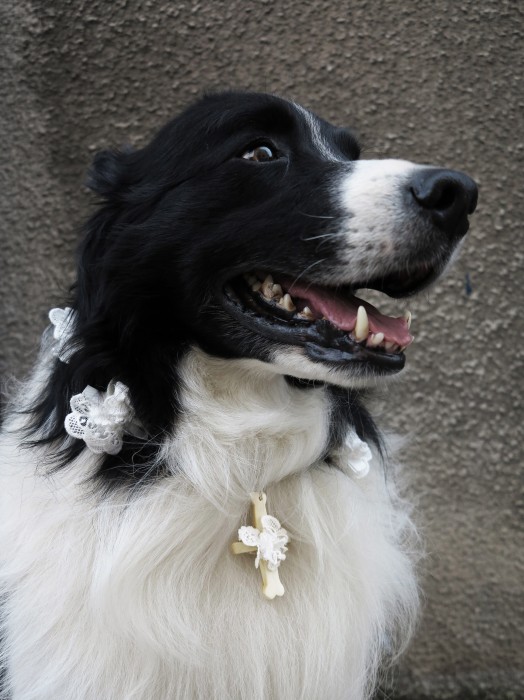The objects we wear and use tell stories.
Jewellery, vessels, tools, the things that surround us in our homes – we choose them, we use them, and we saturate them with value and meaning as we do.
This exhibition brings together around 100 objects by 39 artists, designers and makers. Working in a wide variety of materials and with a huge diversity of approaches, these artists see their pieces as each beginning a story – a story that is completed as we wear and use the object. From precious metal to recycled material, jewellery to tools, the artists show off the traditional skills they have learnt (some from working with makers around the world, others drawing on Sheffield’s own rich manufacturing heritage) as well as the latest cutting-edge design and manufacturing.
In English the word ‘storytelling’ has various associations – we think of children’s bed-time stories, or films, novels or news stories. But the line between truth and fiction is increasingly blurred. ‘Telling Stories’ can also mean creating fictions, but these fictions can themselves reveal greater truths. Thus the storyteller is a powerful figure, one that all of these makers embrace and question as they ask what the things they make do and what their value is in the world. These are critical, self-aware artists who don’t simply make decorative or functional objects. The objects they make are stories – artworks that exist as language, as signs and signifiers, as agents of change.
The Chinese characters we have chosen for this exhibition are taken from an old idiom meaning
‘words as precious as metal and stone,’ but whether made of fine gold or waste material all of these stories are as valuable as jewels.
Spinning Yarns: Materials and Process
These works use a huge range of different materials and processes – from precious metal to found objects, fossils millions of years old to dried pomegranate. Some use the latest manufacturing processes, or innovative media. But it’s what they do with these that counts. For Georgia Clipsham, study with traditional chain-makers in India and the latest 3D-metal printing combine to explore the role of gender in manufacturing processes, while Paige Newall and Josephine Gomersall combine traditional processes and fragile materials to reflect both on the fragility of nature and our fragile life within it.
Love Stories: People and Relationships
Some of our narrators tell their own stories through their work. They tell tales of particular times. Of the shared house they stayed in while studying, of their relationships with those close to them, and of the pain of losing a loved one. Chen Tingting’s work repurposes found materials to explore our complex relationships with our parents, while Wang Haiyin uses the changing strength of bamboo as a meditation on romance. More simply, Zhu Ping’s Tea Ceremony is a tribute to the power of taking a simple cup of tea with a friend.
Turning the Page: Touching, Handling, Wearing Looking, Using
We wear and use all of these things, they feel satisfying to touch, their mechanisms pleasing, like Lin Hanyao’s Frames – a careful mix of precious metal and disposable elastic. Perhaps they are deliberately frustrating, like Shan Mingyu’s Please Believe that the Rainbow Is Coming– heavy rings asking us to make good on the promise of the rainbow. Florence Carter, by contrast, takes the opportunity to transform switching on a light into a magical, evocative experience, reminding us of something wonderful we too easily take for granted.
Precious Words/Precious Objects
All of these pieces are valuable. Some are made of precious metal, by hand, with care, attention and love. Traditional materials — signifiers of expense and worth, like bone and horn, silver and copper — are used, as in Kurt Calow’s exquisite tools or Dai Wenchao’s breathtaking cutlery – to evoke the long and varied traditions of manufacturing that these artists inherit. At the same time, others are made with humbler, even unlikely, materials (yet still with the same care), like Li Lanjun’s jewellery from waste. Yu Zhenjiang and Daniel Brocklehurst’s work explores the most precious material of all – water, asking necessary questions about what wealth and value might truly be.
Character: Constructing Identity
Biographical or not, all of these artists are aware of the way we use jewellery and precious objects to construct identity. When we choose what to wear, we choose to tell our own stories, presenting these to the world. Zhong Jiaxuan’s Crown and Sceptre take this to an extreme, allowing us to ascend the throne of media-celebrity. And of course, we might not always get to choose the objects we wear, like the medical devices Lu Lu seeks to reimagine or the bandages that inspire Chen Yihan. By choice or not, these items tell our life story, shape us, and shape the way others see us.
This exhibition was developed in partnership with HKDI Gallery




